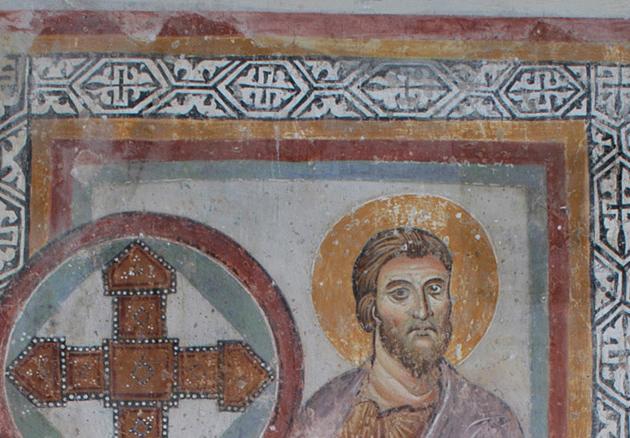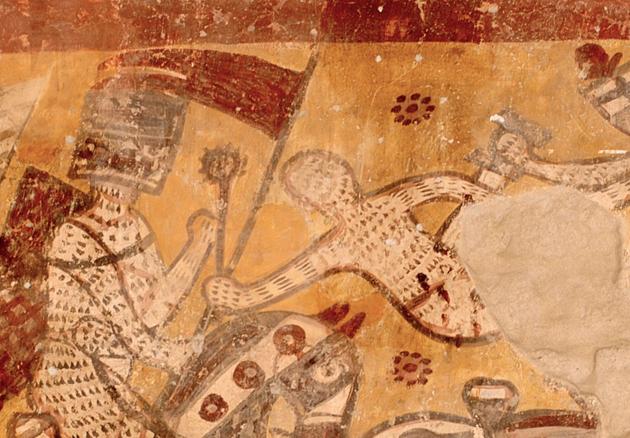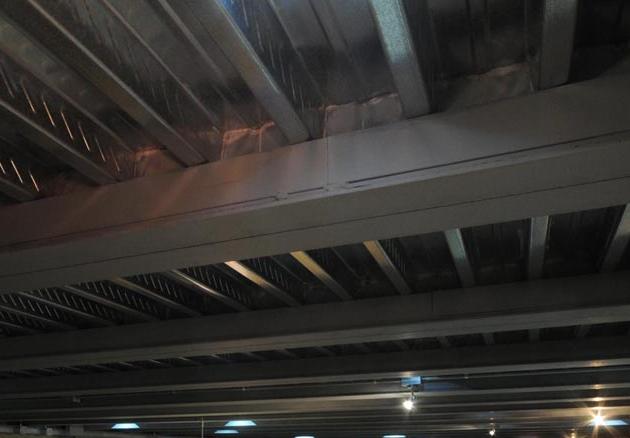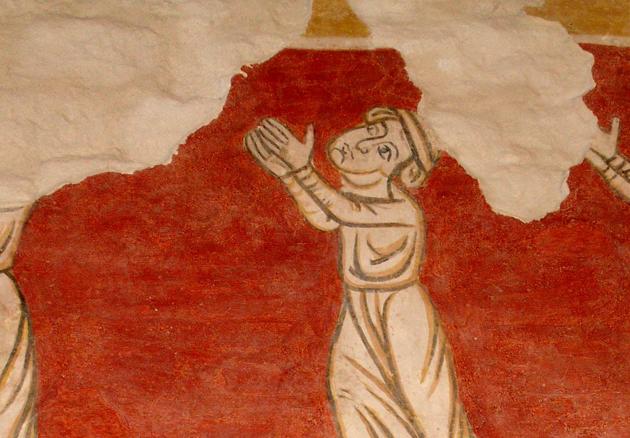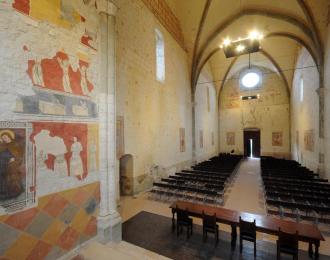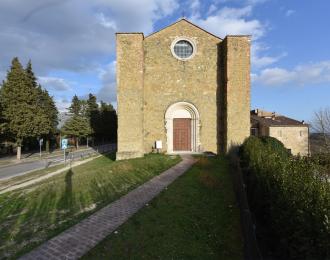San Bevignate Templar Complex
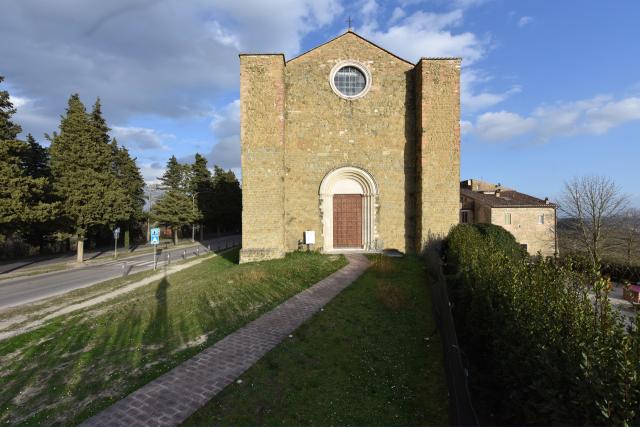
Standing on Via Enrico dal Pozzo near the monumental cemetery of Perugia, the grandiose Chiesa di San Bevignate is one of Europe’s finest Templar structures. The Knights Templar established themselves in the Perugia area after the Benedictine abbey in San Giustino d’Arna was bestowed on the order in 1238 by Pope Gregory IX.
The Order of Templars began work on the San Bevignate Templar Complex in 1256 under the auspices of the cubicularius Bonvicino, one of their leaders who was born in Assisi, on a site with abundant water supplies that had been frequented by many anchorites including Bevignate himself. The church bearing his name also held his tomb, still visible beneath the altar, until 1609 when the remains of the saint, canonised by popular acclaim in 1453, were removed.
The building’s interior is extensively decorated with a number of pictorial cycles that were executed in two distinct phases. The first of these, between 1260 and 1270, was executed by a local workshop and the second, in around 1280, by more refined artists. Some of the most charming and unique frescos in the church are those on the controfacciata (interior of the façade) painted during the first phase which depict historically important iconographic scenes from Templar life; in the apse a number of frescoes on a New Testament theme show allegorical Christian scenes from the lives of the saints (including Bevignate), symbols and emblems relating to the Templars such as the cross and nine stars (presumably in allusion to the nine knights whom the French nobleman Hugues de Payns led to the Holy Land and who founded the order) and a large Giudizio Universale (Last Judgement) scene featuring a procession of flagellants.
The second phase of decorations include i Dodici Apostoli con croci di consacrazione (Twelve apostles with consecration crosses) painted over some of the previous frescoes of imitation ashlar that run all around the church walls, a motif typical of chapels belonging to Medieval military orders. It seems likely that the interior decoration of the Chiesa di San Bevignate was complemented with a so-called Trittico Marzolini, a tabernacle with doors dated around 1275 to 1285 showing Madonna and Child and scenes from the life of Christ which must have stood on the church altar. The previous location here of the trittico, commissioned by the Templars and now on display in the Galleria Nazionale dell’Umbria, is suggested by the presence of a Templar cross (painted on the left side of the altarpiece) in the Presentazione di Gesù al Tempio (Presentation at the Temple) scene.
The exterior of church’s main door bears a number of relief sculptures including the so-called Fiore della vita (Flower of Life), ornamental leaves and figures of wild animals and monsters with anthropomorphic features of a type also found on the capitals of the groin-vaulting inside. The church’s crypt area houses the remains of a Roman era laundry and dye-works which probably dates to around the 3rd or 2nd century B.C. and also vestiges of a pre-existing ancient suburban villa.
In 2017 the San Bevignate Templar Complex made Perugia the first Italian city to join the Templars Route European Federation (TREF) which brings together territories, institutions, associations and other entities touched by the presence of the Knight Templars.
Contacts:
Address: Via Enrico dal Pozzo, 145 - 06126 Perugia PG
Phone: +39 91116152 - 075 3745273
Email: infoperugia@lemacchinecelibi.coop
Email: http://turismo.comune.perugia.it/poi/complesso-templare-di-san-bevignate
